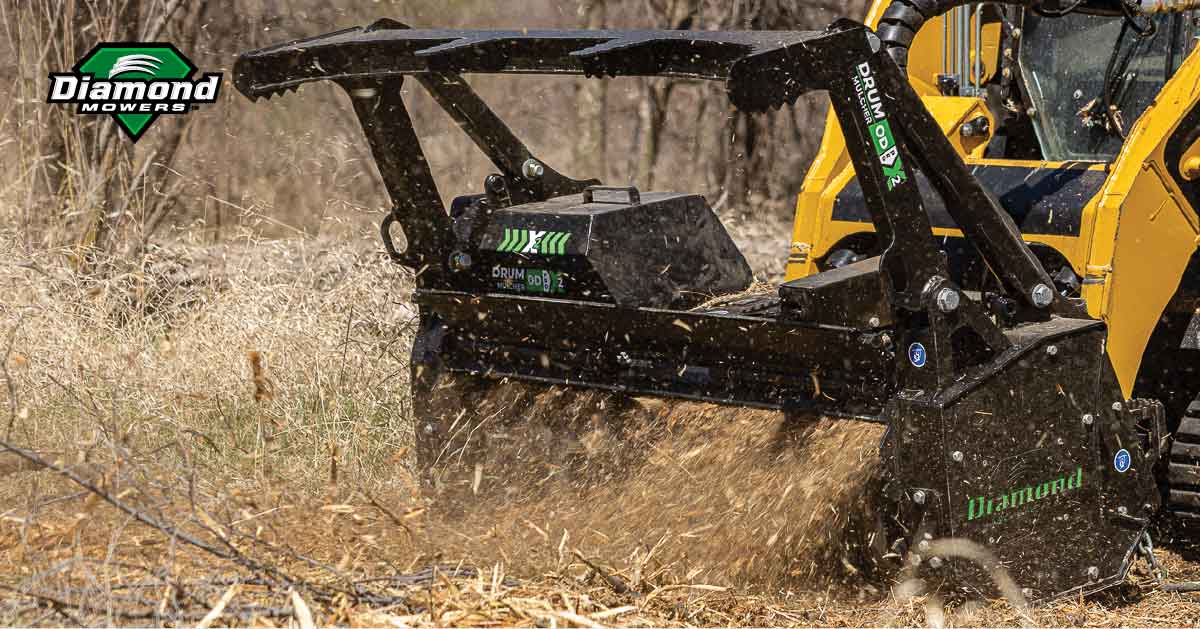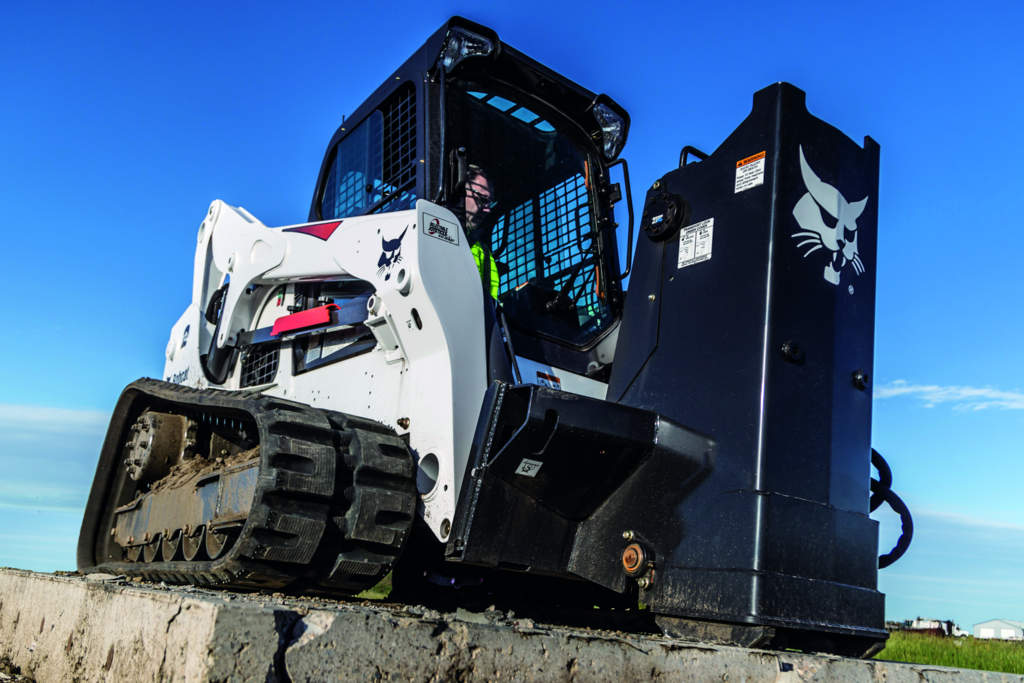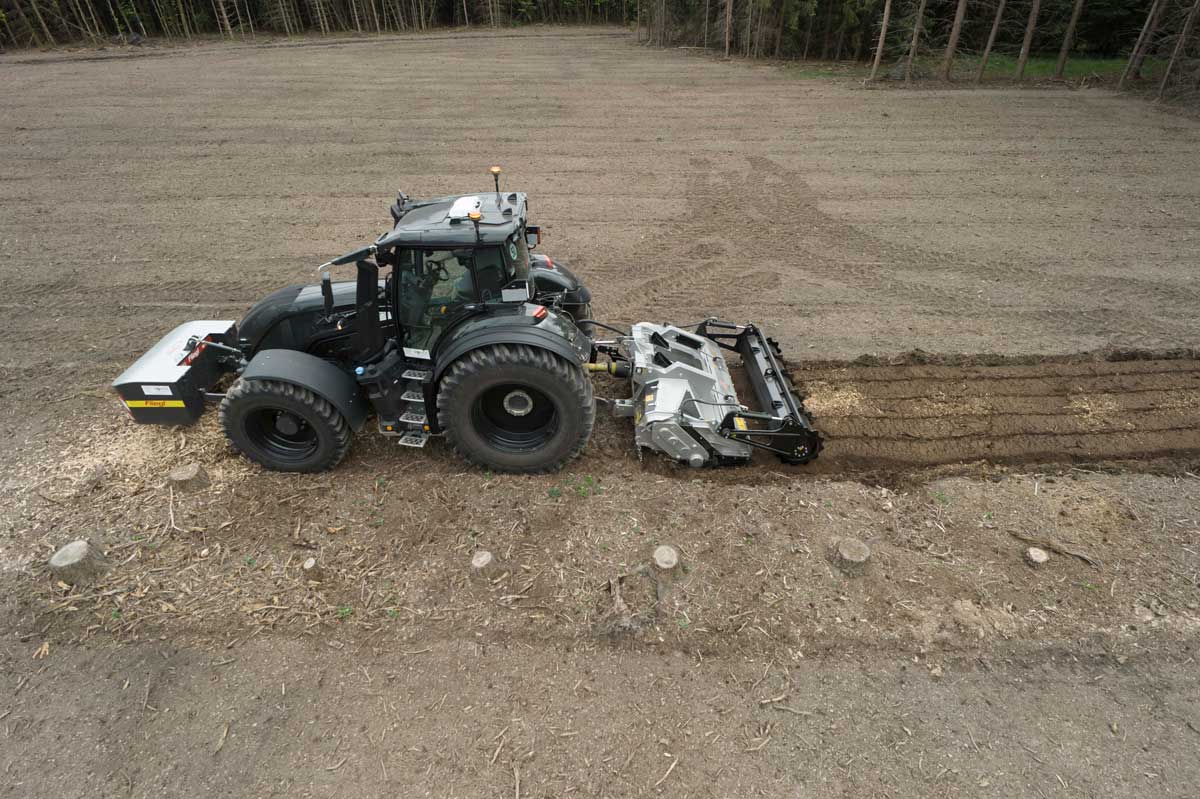Video: Unlocking the Full Potential of Compact Track Loaders with Advanced Grade Control Systems
In today’s world of compact equipment, the compact track loader (CTL) reigns supreme. These machines have seen an explosion in popularity over the past decade. It’s a result of their versatility and capability in various tasks. Among the most notable advancements in CTL use is the integration of grade control technology. This allows operators to perform grading and dozing tasks with increased precision and efficiency. In this Machine Heads episode, we dive into the world of grade control for CTLs. We explore the differences between 2D and 3D systems, the benefits of upgrading your CTL and why this technology is transforming construction jobsites.
Why Use a CTL for Grading?

Compact track loaders have become an indispensable tool on construction sites. With their powerful engines, hydraulic attachment support and impressive maneuverability, CTLs are now used for tasks previously reserved for larger machines, such as grading and dozing. The light-duty grading offered by CTLs is particularly beneficial for projects in tight spaces. This includes jobsites on subdivisions, parking lots and even large-scale highway construction. In fact, CTLs outnumber dozers by a ratio of 8:1 on North American jobsites, thanks to their multi-functional capabilities and compact footprint.
Evolution of CTL Grading Attachments
Historically, contractors used box blades for grading, but these could be tricky to control, requiring skilled operators. As demand for more efficient grading grew, manufacturers introduced grader blades and dozer blades, which offered better control and efficiency. Now, modern CTLs can be equipped with automated grade control systems that allow for more precise grading without the need for additional hydraulic valves.
Upgrading Your CTL for Grade Control

When outfitting a CTL for grade control, the key is choosing the right attachments and machine configurations. Larger, more powerful CTLs — like the Case Minotaur DL550 or Deere 333G SmartGrade — are built specifically for dozing and grading tasks, offering advanced six-way blades and automatic grade control systems. These machines can handle tougher grading jobs with ease, reducing the need for manual labor and minimizing errors.
The 2D vs. 3D Grade Control Debate
When it comes to grade control, contractors must choose between 2D and 3D systems based on the complexity of their projects.
- 2D Grade Control: Typically involves laser or sonic systems that measure height and slope. These systems are great for simpler projects, like grading a flat pad. Indicate systems show the operator what adjustments need to be made, while automatic systems can control the blade’s height and tilt for greater accuracy.
- 3D Grade Control: For more complex projects, such as golf courses or large developments, a 3D system is ideal. It integrates GPS/GNSS positioning and machine location data, providing real-time guidance on the entire project. Unlike 2D, 3D systems can manage multiple slopes and elevations, reducing the need for frequent resets and improving overall efficiency.
Hardware Requirements for Grade Control Systems

Upgrading a CTL with grade control technology requires specific hardware:
- For 2D systems, hardware is mounted directly onto the attachment. This includes masts, laser receivers and sonic tracers, which work in tandem to measure the jobsite’s height and slope.
- For 3D systems, in addition to the masts, GPS/GNSS receivers or total stations are used to track the machine’s position. These systems require more advanced components like inertial measurement units (IMUs) to measure the tilt and roll of the machine.
Companies like Topcon and Trimble offer both 2D and 3D grade control systems for CTLs, including products like Topcon MC Mobile and Trimble Earthworks. These systems are designed to improve accuracy and productivity, allowing contractors to complete grading tasks faster and more efficiently.
A Smart Investment for Contractors

Investing in grade control for your CTL can result in 20 to 25 percent gains in productivity. That’s time saved not just from fewer passes and rework, but also from eliminating the need to lay out stakes and reset lasers. Whether you’re working on a simple project or tackling complex grading jobs, adding grade control technology will enhance your CTL’s capabilities, improving your bottom line while increasing your work efficiency. In the ever-evolving world of construction, grade control for CTLs is a game-changer, transforming these compact machines into powerful, precision tools that can handle a wide range of grading and dozing tasks. Watch the vide above to learn more.
Wayne Grayson is the Machine Heads editor for Compact Equipment.




